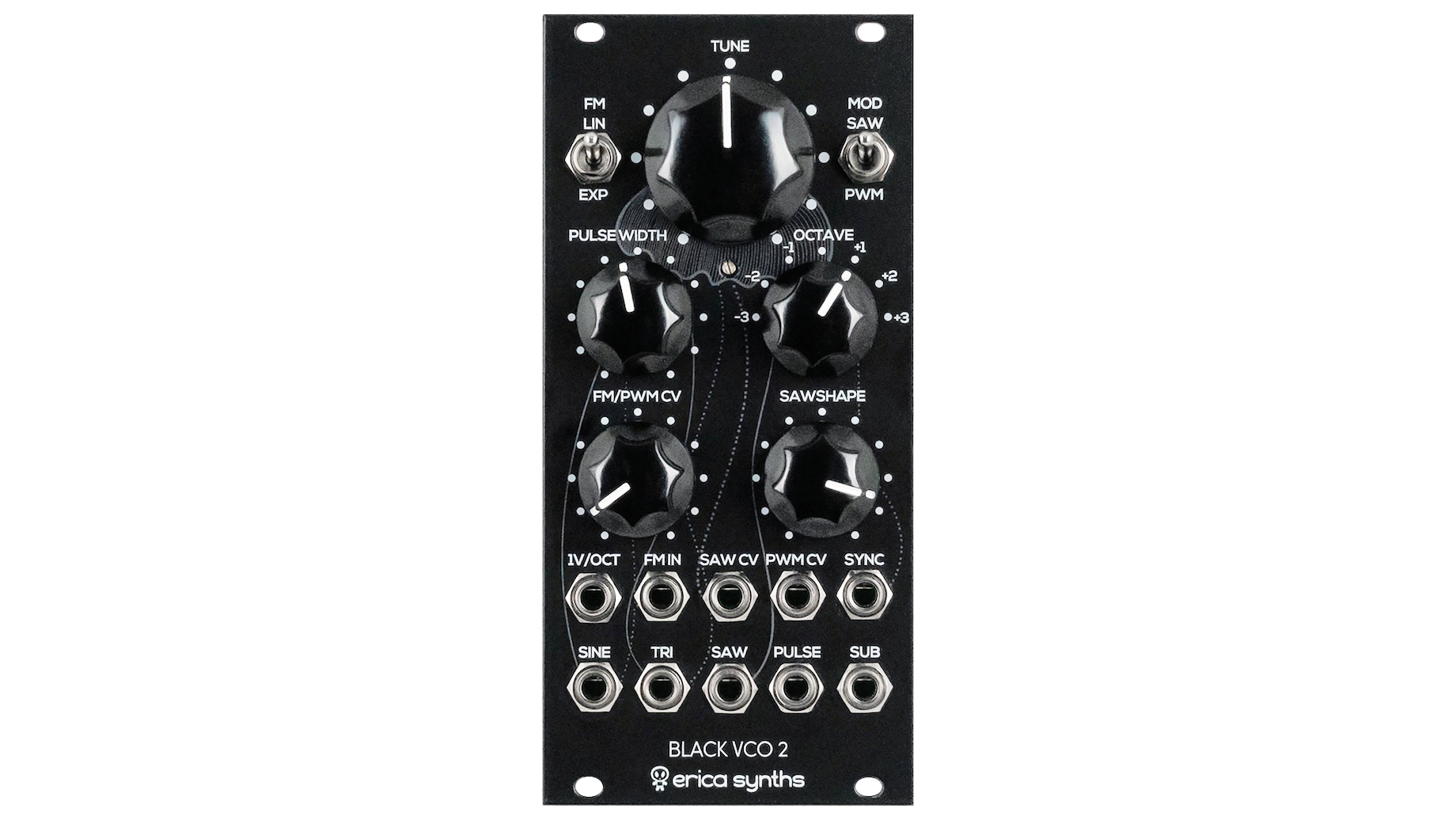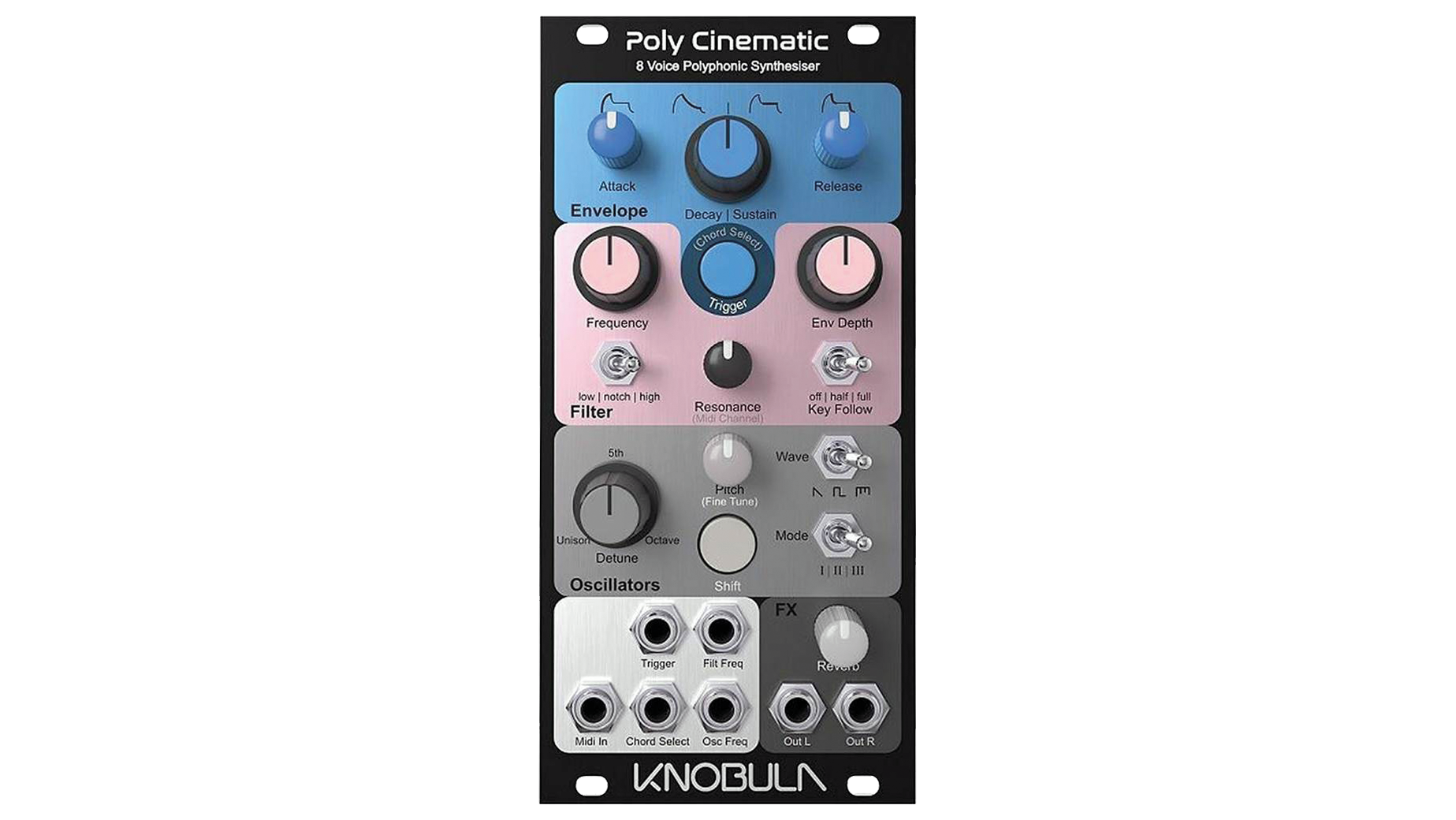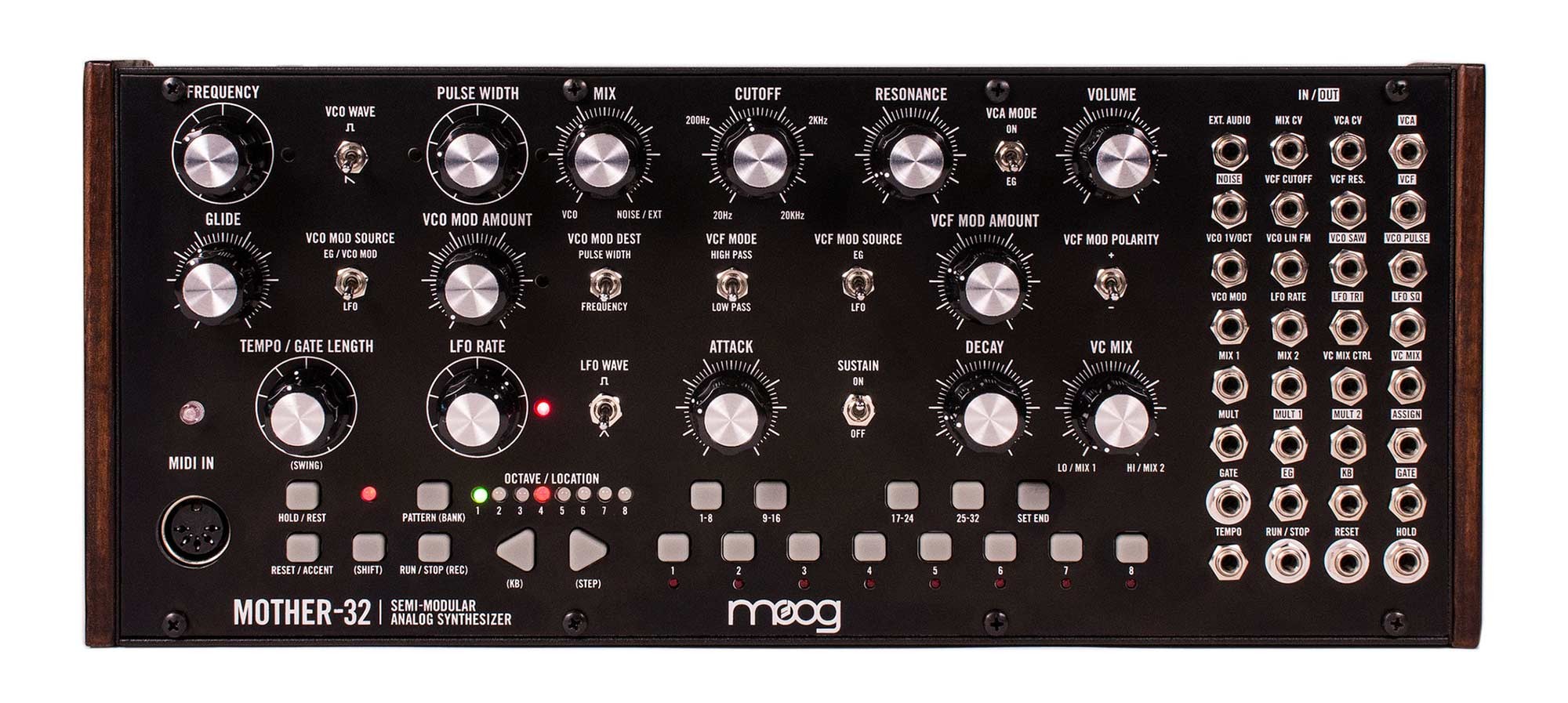The easy guide to modular synths: Oscillators – why you need one and how to patch it
We begin our guide to designing your perfect modular set-up with the beating (well, technically oscillating...) heart of any modular project

Although they come in many flavours, types and capabilities, oscillators have one thing in common: they are the core voice of your system. Before any modulation, filtering or mixing, the oscillators provide your patch with the fundamental tone you work with.
Almost all of them have the ability to either manually set pitch or take a volts per octave patch for tuned, melodic output, although the more explorative and experimental modularists may choose to use them as simple sound generating devices.
From that point on, things can vary wildly, with different modules featuring a variety of working methods, built-in modulation and patch points for connecting to the rest of your rig.

There are three common types of oscillators. Analogue, which produces the classic tones that many people associate with synthesisers and most often have a number of classic waveshapes; generally a selection including square, triangle, pulse, saw, sine. While those tones are desirable to many, the downside is less accuracy, meaning the occasional tinkering with trim pots.
Wavetable is another type, and tends to have more versatile and varied options but can lose some of the softer organic timbres and sound more modern. Then there are digital voices, which often have the widest range of tones with physical modelling options, precise controls and/or built-in effects.
Another option would be sample players which, while not true oscillators, can be used as a voice. There’s also the possibility to use modules such as LFOs at audio rates, making them playable voices, and some filters can be played too.
Something to note is polyphony, or lack of it, in modular. While there are a number of multi-voiced modules, they’re often unsuitable for smaller rigs. There are exceptions, like the Knobula Poly Cinematic, but mostly modular remains monophonic.
Get the MusicRadar Newsletter
Want all the hottest music and gear news, reviews, deals, features and more, direct to your inbox? Sign up here.
Three oscillators to consider...
Erica Synths Black VCO2

This VCO is a classic-sounding voice that offers plenty of range, a number of waveshapes and patch points galore for shaping and modulating the tonal output. This is a staple for many. For more grit, go for the Fusion 2 VCO instead.
Knobular Poly Cinematic

An 8-voice polysynth in a small module, that includes a filter, a lush sounding reverb and waveshapes that include a rarely seen organ. This is a perfect pad machine but can do so much more, and is a great way to play chords easily in Eurorack.
- Read more: Knobula Poly Cinematic review
Moog Mother-32

Mother-32 is more than just an oscillator. It has a sequencer, envelope generator, filter, and various other things built-in, making it close to what we’d call a full synth voice. But if you're just getting started, you're going to need all those things at some point anyway, making it an incredibly convenient first module. Crucially, the oscillator in it just sounds glorious – it has that lovely, rich, thick, creamy classic Moog tone.
- Read more: Moog Mother-32 review











